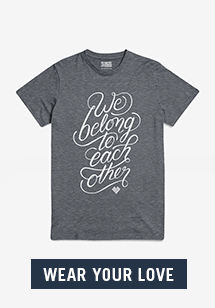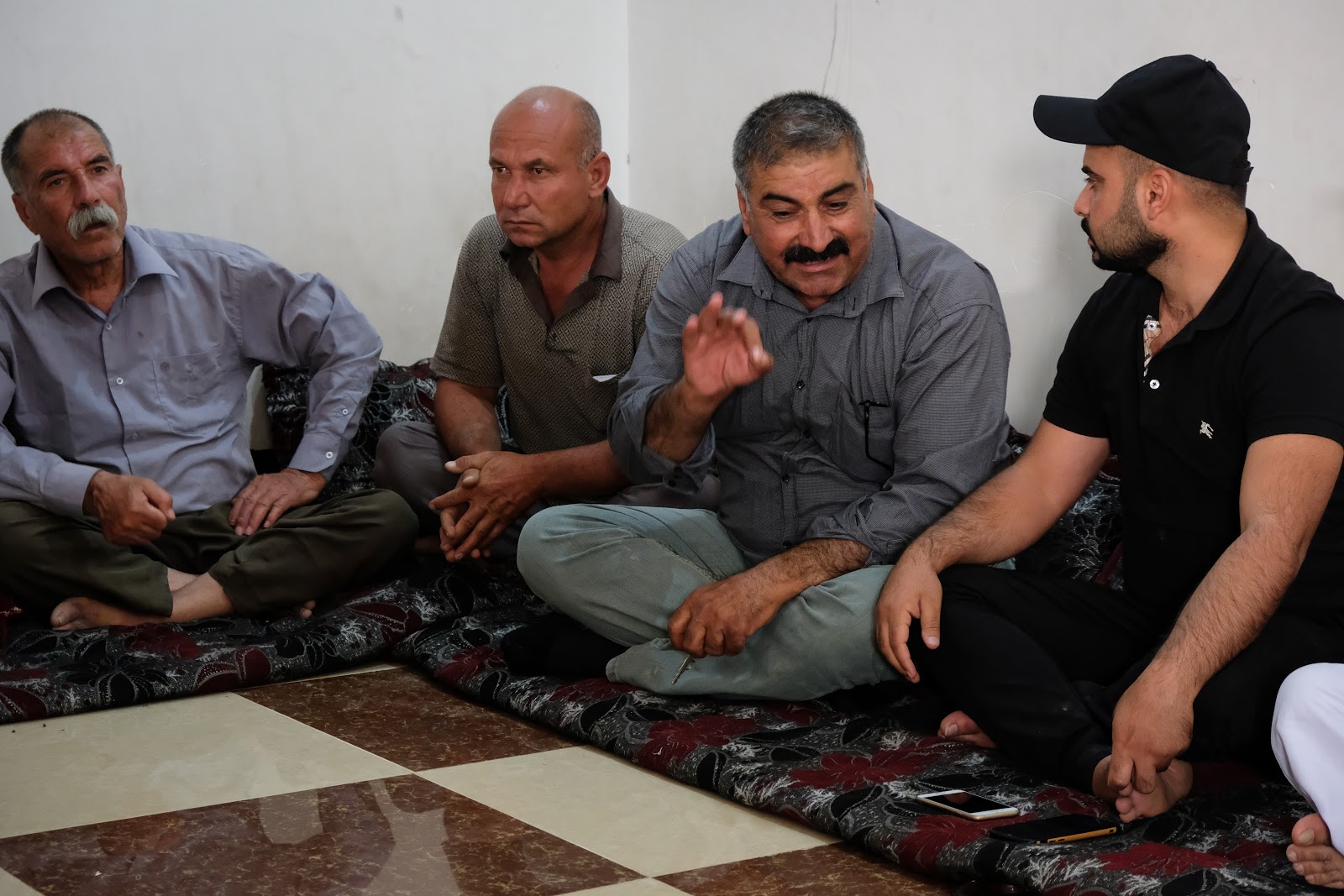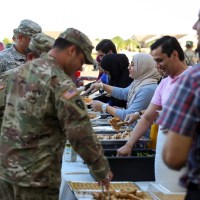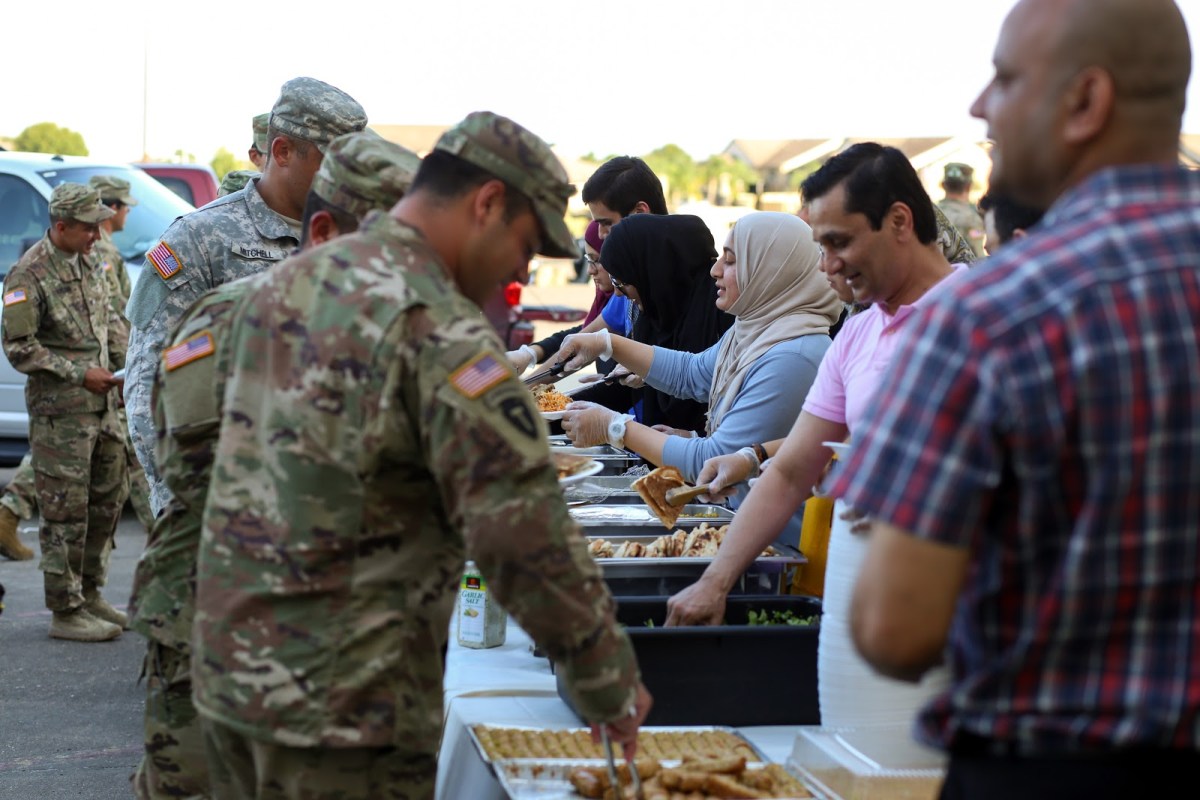Today is the International Day of Peace. It almost feels like a joke.
This UN-sanctioned commemoration is dedicated to the end of war and violence. It’s been observed every year since 1981.
In those 37 years, there have been no fewer than 200 wars, conflicts, uprisings, and insurgencies. There have been at least five major conflicts in Iraq, a 7-year war that’s claimed half a million lives in Syria, and a civil war pushing Yemen to the brink of collapse.
Peace feels like a pipe dream, the International Day of Peace like a cruel reminder of our collective failure to achieve anything remotely like it.
Maybe it’s because we’ve forgotten what peace really looks like.
Peace doesn’t look like official proclamations, as if putting the word on paper somehow turns it into reality. It’s not completed in handshakes and international summits.
Peace isn’t achieved at big, fancy conferences on conflict resolution—where peacemaking is discussed in theory but not always practiced in reality.
Peace is not something we can find at a distance from each other. If the last few years of division and upheaval have showed us anything, it’s that social media is rarely a helpful platform for creating or implementing peace.
Peace, for the most part, does not consist of big, grand gestures. But of small, seemingly insignificant steps, often taken without notice or fanfare.

Like when two at-odds communities in Iraq agree to buy and sell sheep from one another. It was not without conflict. They did not become friends overnight. Their grievances did not disappear. But they sat in a room together, drank tea with each other, traded with each other—and eventually, walked arm-in-arm with each other.
RELATED: How Peacemaking Really Happens: One Small Step at a Time
Peace can look like a whiteboard in a WorkWell classroom in Iraq, with the picture of a mosque, a church, and a Yazidi temple drawn by one of the refugee students and encircled by a heart.
Peace looks like one of our colleagues when he met the captured ISIS militant who had murdered his friend, held a water bottle to his parched lips, and said, “You killed my friend. But I’ve come here to feed you.”
Peace can look like the Muslim community in Southeast Texas cooking dinner for a group of soldiers responding to Hurricane Harvey last year.
Peace can be as simple as a dinner party where people of different faiths and backgrounds come together not to debate or argue, but to understand and appreciate each other.
Peace is not about fixing everything. It’s about starting a conversation, listening. It’s taking a step.
What step will you take today?


